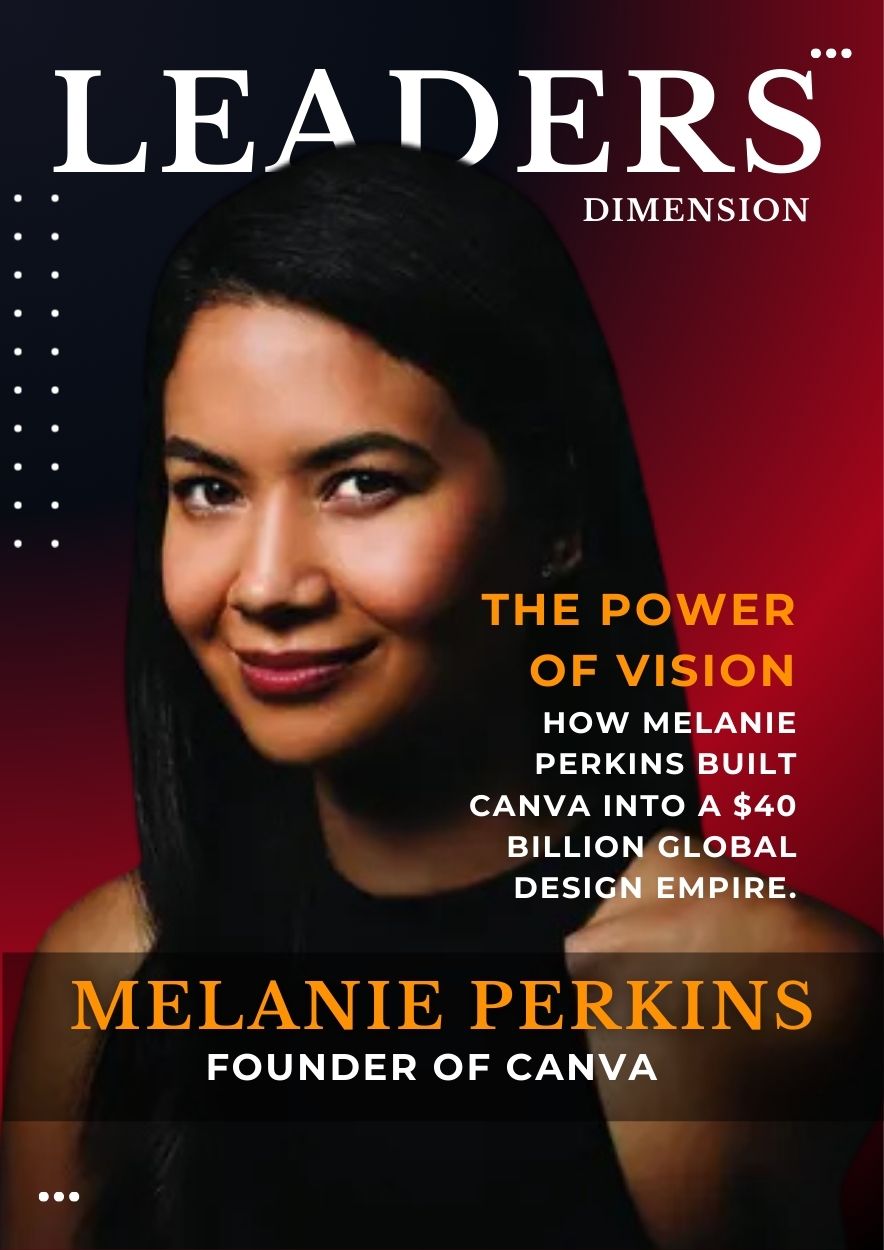Why Women Entrepreneurs Still Struggle for Funding — And How to Change It
In recent years, the global startup ecosystem has celebrated remarkable growth, but one uncomfortable reality remains unchanged: women entrepreneurs continue to face a harder battle when it comes to raising capital.

Despite studies proving that women-led companies often deliver stronger returns, only a fraction of venture capital flows toward them. This imbalance isn’t about capability—it’s about systemic barriers, biases, and overlooked opportunities.
The Numbers Tell the Story
According to recent venture capital reports, women-founded startups received less than 2% of total VC funding globally in 2024. Even in more progressive markets, the gap is significant, with mixed-gender founding teams faring slightly better but still far behind male-only teams. This persistent funding disparity highlights structural inequalities that remain embedded in the ecosystem.
The Bias Problem
One of the biggest hurdles women founders face is unconscious investor bias. Research from Harvard and Columbia University found that investors often ask male entrepreneurs “promotion-oriented” questions (focused on growth and vision), while women are more likely to be asked “prevention-oriented” questions (focused on risk and loss). This subtle difference shapes how potential is perceived—and often limits funding decisions.
The Networking Gap
Venture capital thrives on relationships. Many investors rely on their close networks for deal flow, and historically, those networks have been male-dominated. Women entrepreneurs often find themselves excluded from the informal circles—golf courses, private clubs, or late-night networking sessions—where big deals begin. While women-led communities and accelerators are growing, the gap in access still slows momentum.
The Confidence vs. Perception Challenge
While male founders are often rewarded for bold projections, women entrepreneurs face harsher scrutiny for the same. A man who pitches an aggressive growth plan is “visionary,” but a woman doing the same may be seen as “unrealistic.” This double standard forces women to be more cautious, often underplaying their ambitions to appear credible, which in turn can hurt funding prospects.
Structural Barriers
Beyond bias, systemic challenges play a role. Women are underrepresented in senior venture capital positions, meaning fewer decision-makers who might empathize with or understand the challenges women entrepreneurs face. Without diversity on the investor side, the funding ecosystem naturally favors founders who look and think like the majority of investors.
The Way Forward
The funding gap isn’t just a women’s issue—it’s a missed opportunity for the entire economy. Studies from the Boston Consulting Group show that women-led startups generate 78 cents of revenue for every dollar of funding, compared to 31 cents by men-led startups. Bridging the funding gap could unlock billions in economic value.
Solutions that can help close the gap include:
Increasing diversity in venture capital firms: More women at the decision-making table means broader perspectives in funding.
Bias-awareness training for investors: Identifying unconscious bias is the first step to reducing it.
Women-focused funds and accelerators: Dedicated platforms like Female Founders Fund and Sequoia’s Surge She program are changing the landscape.
Policy interventions: Governments can incentivize inclusive investing and offer grants to women-led startups.
Strong mentorship networks: Building support systems helps women founders gain confidence, connections, and credibility.
Final Word
The harder road women entrepreneurs face isn’t due to lack of innovation or ambition—it’s due to an ecosystem still catching up with reality. The world is filled with talented women building disruptive companies; the question is whether the investment community is ready to back them fairly. Closing the gender funding gap is not just the right thing to do—it’s the smart business move.

 LD Web Desk
LD Web Desk 